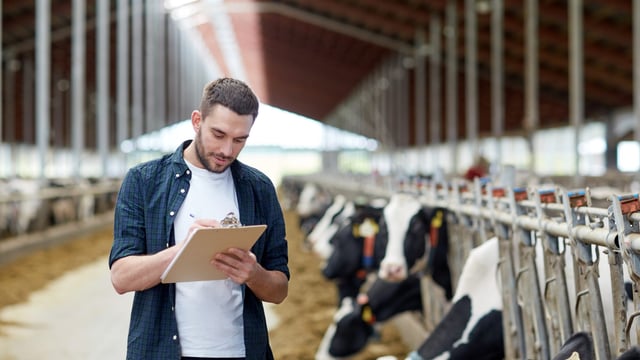Leitrim farmers showcase ring forts
Farmers in Leitrim who have ring forts on their land are being asked to get involved this summer in a survey being organised by Leitrim Fort Group, in conjunction with Burrenbeo Trust from Co. Clare.
Visits will be made on Thursday, May 1, to the farms of those who want to be involved, to record and photograph their forts.
The ancient monuments can give a great insight into how people lived during the early medieval period.
In some cases, according to John Flynn, a member of the Leitrim Fort Group, the ring forts may be enclosed with timber or hedges but in others, they may be visible and accessible.
Leitrim Fort Group's celebration of ring forts will get underway on Thursday, April 3, with a visit to a ring fort in Kiltoghert on which a geophysical survey was conducted by archaeologist Dr. Susan Curran.
She will deliver her findings at a free event in the Dock Theatre in Carrick-on-Shannon from 2:00p.m to 5:00p.m that day.
Flynn explained why ring forts may be of significance to the farming community as well as history buffs.
"Dotted on the landscape and in almost every townland, these circular, raised embankments are visible testimony to the establishment of cattle and sheep farming in Ireland for almost 2,000 years," Flynn explained.
"Using the best soil, these unique creations were the farmers' places of residence, often only with one entrance and surrounded by a fosse or water. Relatively untouched for centuries, they contain evidence of an evolving agricultural history.
"There are over 47,000 ring forts in Ireland and over 1,600 in Leitrim alone. They were referred to as various names including rath, fort, dun and lios.
"One thing that is clear though is that our knowledge of these settlements is limited but with the potential of modern technologies such as drones, we may see this heritage in a new light," Flynn said.





